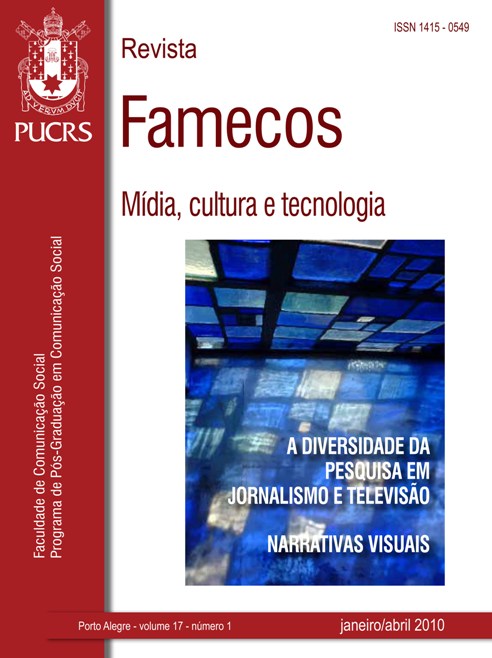The representations of the prisoner in Carandiru Station
DOI:
https://doi.org/10.15448/1980-3729.2010.1.6884Keywords:
Representations, prison, ideologyAbstract
The prison house of São Paulo – known after the neighborhood where it was located, the Carandiru – was the largest prison complex of Latin America. In October 02, 1992, the prison house was subject of the tragic event that went to be known globally as the “Carandiru Massacre”. Due to the undeniable exposition of human misery, in December 08, 1992, part of the Carandiru Complex was destroyed after its progressive deactivation. In 1999, Drauzio Varella wrote a book, “Estação Carandiru” (Carandiru Station), presenting his 12 years of experience as a medical doctor in the prison house. The objective of this paper is to discuss the ideas presented in the book of Varella as possible legitimizing representations of the prison system. The study aims at understanding the content of the book, assuming it as one of the crucial elements in the history of the São Paulo prison house, giving emphasis to its visibility and, at the same time, diffusing ideological fallacies about the prison and its inmates.Downloads
References
BAUMAN, Zygmunt. O Mal-estar da Pós-modernidade. Rio de Janeiro: Jorge Zahar Ed., 1998.
BAUMAN, Zygmunt. Modernidade e Ambivalência. Rio de Janeiro: Jorge Zahar Ed., 1999.
CHALHOUB, Sidney. Cidade Febril: cortiços e epidemias na corte imperial. São Paulo: Companhia das Letras, 1996.
FORGHIERI, Yolanda C. Psicologia Fenomenológica: fundamentos, métodos e pesquisas. São Paulo: Pioneira, 1993.
FOUCAULT, Michel. Vigiar e punir: nascimento da prisão. Petrópolis, RJ: Vozes, 1987.
GOFFMAN, Erving. Estigma: notas sobre a manipulação da identidade deteriorada. 4ª ed. Rio de Janeiro: LTC, 1988.
GUARESCHI, Pedrinho. Os construtores da informação: meios de comunicação, ideologia e ética. Petrópolis, RJ: Vozes, 2000.
GUARESCHI, Pedrinho. Psicologia Social Crítica: como prática de libertação. Porto Alegre: EDIPUCRS, 2005.
HOUAISS, Antônio; VILLAR, M. S. Dicionário Houaiss da Língua Portuguesa. Rio de Janeiro: Objetiva, 2001.
JODELET, Denise. Loucuras e Representações Sociais. Petrópolis, RJ: Vozes, 2005.
MOSCOVICI, Serge. Representações sociais: investigações em psicologia social. 3ª ed. Petrópolis, RJ: Vozes, 2003.
THOMPSON, John. Ideologia e cultura moderna: teórica crítica na era dos meios de comunicação de massa. 6ª ed. Petrópolis, RJ: Vozes, 1995.
VARELLA, Drauzio. Estação Carandiru. São Paulo: Companhia das Letras, 1999.
Downloads
How to Cite
Issue
Section
License
Copyright
The submission of originals to Revista Famecos implies the transfer by the authors of the right for publication. Authors retain copyright and grant the journal right of first publication. If the authors wish to include the same data into another publication, they must cite Revista Famecos as the site of original publication.
Creative Commons License
Except where otherwise specified, material published in this journal is licensed under a Creative Commons Attribution 4.0 International license, which allows unrestricted use, distribution and reproduction in any medium, provided the original publication is correctly cited.






